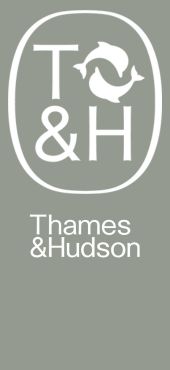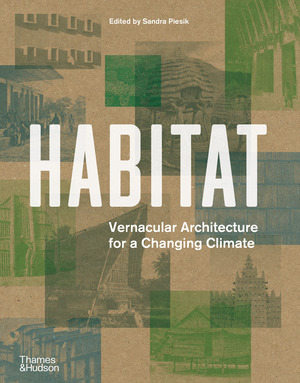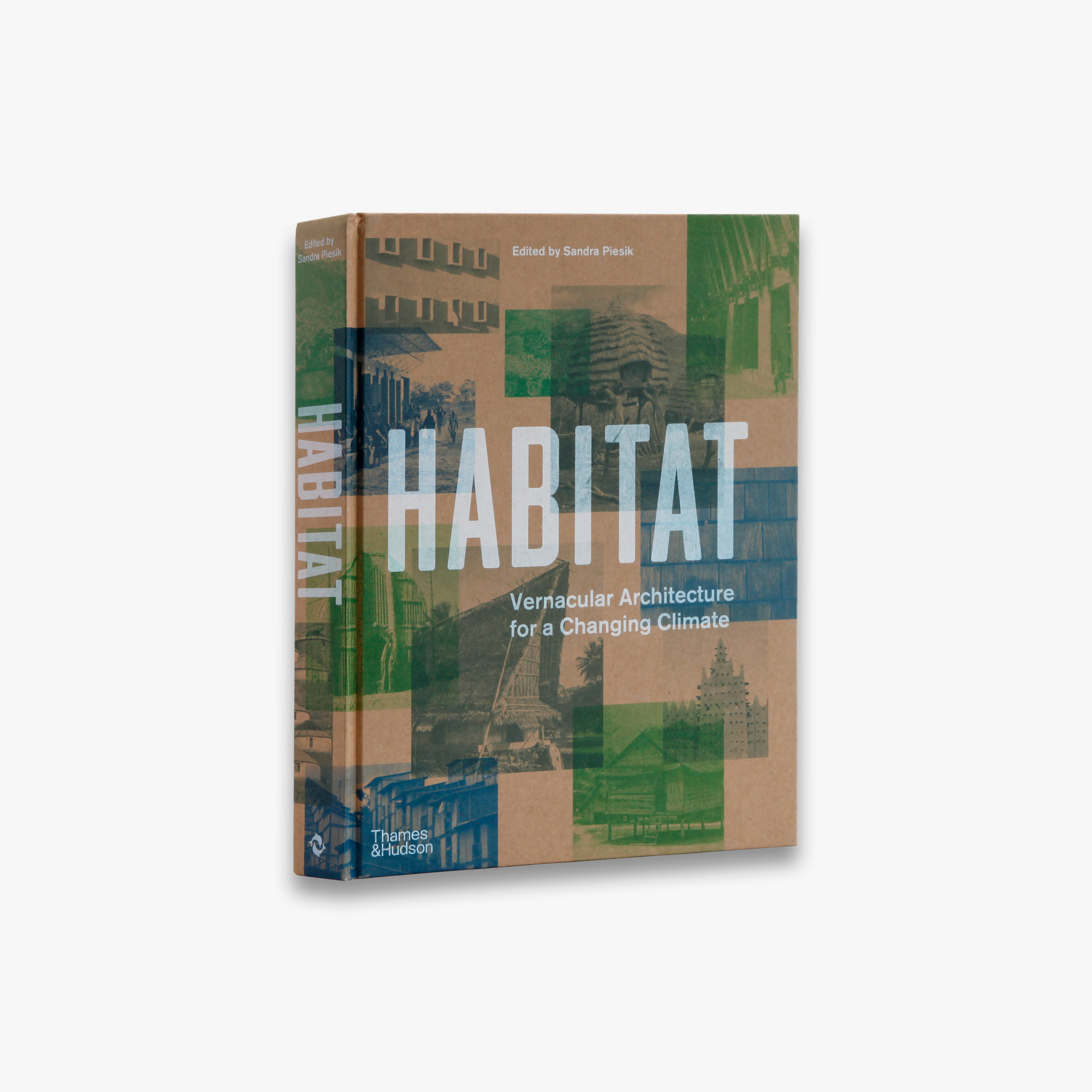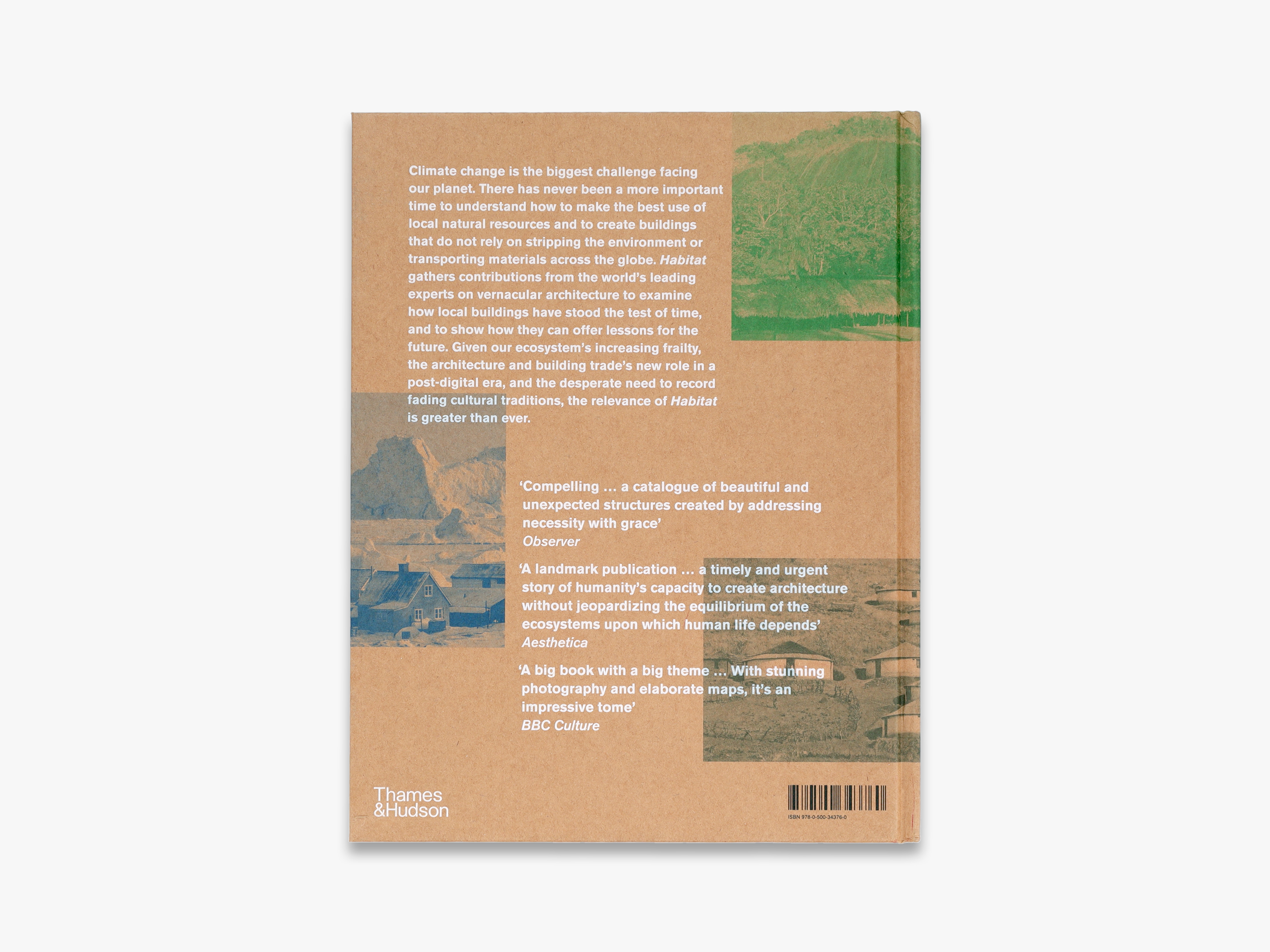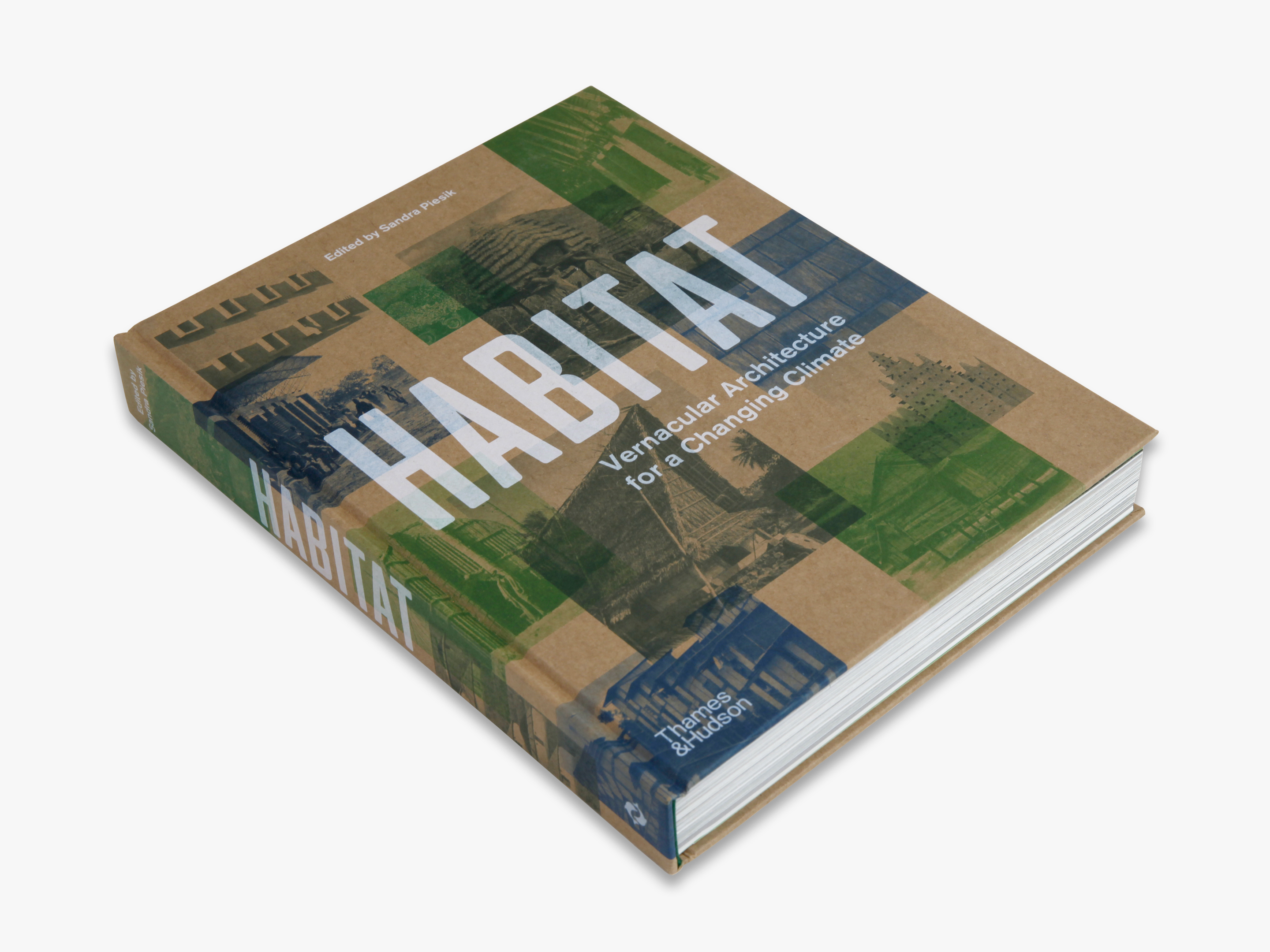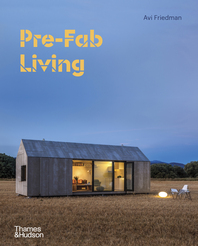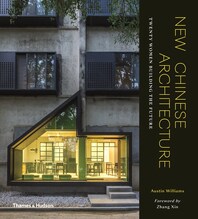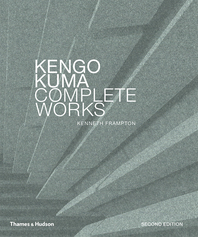There has never been a more important time to understand how to make the best use of local natural resources and create buildings that do not rely on stripping our planet or transporting materials across the globe. First published in 2017, Habitat gathers the world's leading experts on vernacular architecture to examine how local buildings have stood the test of time and offer lessons for the future.
Arranged by climate zone—Tropical, Dry, Temperate, Continental, and Polar—each regional section presents buildings in their environments, showing how climatic conditions and vegetation affect the evolution of building styles. This central part of Habitat is bookended by a range of essays exploring the economic and anthropological aspects of shelter, while the book's reference section offers information on materials science and engineering, including how buildings have been adapted to contend with natural disasters.
The traditions of vernacular architecture have much to teach us. Given our ecosystem's increasing frailty, the architecture and building trade's new role in a post-digital era, and the desperate need to record fading cultural traditions, the relevance of this book is more significant than ever.
Contributors
Sandra Piesik
Author
Dr. Sandra Piesik is an award-winning New York-based architect, author, and scientist specializing in a diverse range of subjects from art and design to the implementation of global sustainable legislation, nature-based solutions, innovation, technology transfer, and contemporary adaptation of traditional knowledge. She is the founder of 3 ideas consultancy, a member of the New European Bauhaus EU initiative, and a former senior consultant to UNFCCC, UNCCD, and UN-HABITAT. Her diverse global engagements range from art and design projects, leading research & development initiatives, international lectures, judging competitions, and the nomination of awards.
